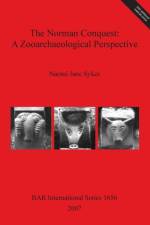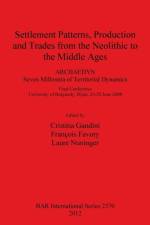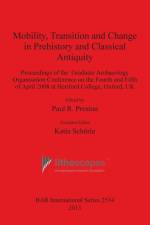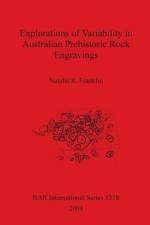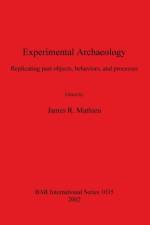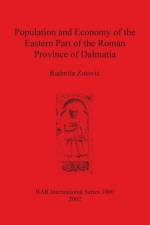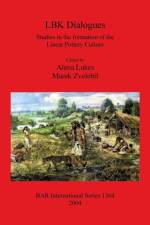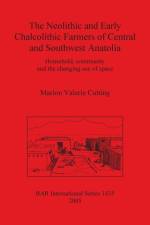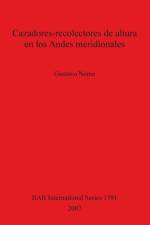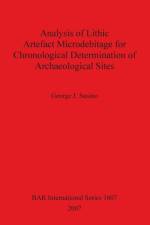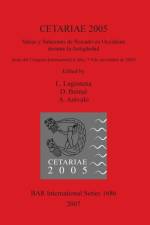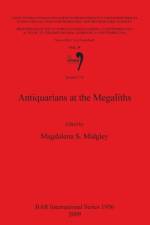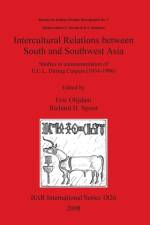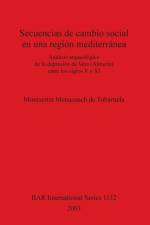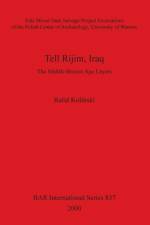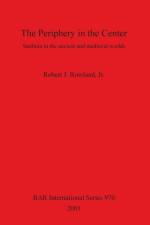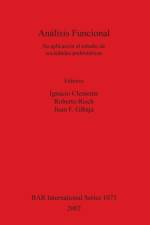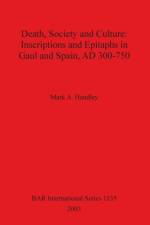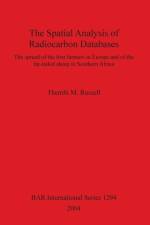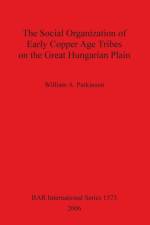von Mark A Handley
143,00 €
This volume is concerned with the monumental stone inscriptions from Spain and Gaul during the period from 300 to 750 AD, and therefore the vast majority of these inscriptions are Christian and Latin in origin, with a few Jewish and Greek ones as well. Inscriptions make up the largest body of surviving written material from this period, but this is a relatively ignored area of research. This study attempts to use this large body of evidence in order to better understand the cultural, social and religious history of these regions during the period in question. Handley begins by introducing Christian epigraphy and places the relevant Gallic and Spanish material in the context of the Latin West. He also discusses the ideas held about death and funerary inscriptions that were held in this period, and he is interested in the changes that occurred after Christianity became the official religion of the Roman Empire, as well as what happened after the fall of the Empire itself. Methods of the creation of these inscriptions is discussed, and Handley looks at literary sources as well as physical evidence, with the pattern emerging of workshops creating inscriptions from largely pre-prepared stones and written models. The usage of inscriptions is another important question, and the evidence points towards inscriptions being mainly reserved for the higher classes and social élite. Handley also divides up all of the burials that have inscriptions into an analysis of different ages and genders; for example, he discusses the ratios of male to female inscriptions, as well as family commemorations. This enables the study to look at when women or the elderly were most likely to be commemorated with an inscription. Handley also looks at what demographic information these inscriptions can give us, with analysis of aspects such as average life expectancy, marriage age, seasonal fertility and seasonal mortality being collected. A large number of inscriptions also record the actual day of death, and this gives a large amount of information on the pagan names of the days and their continued usage, Christian names of days, as well as information on the use, and later development from, the Roman calendar system. These inscriptions also give information on the cults of saints in Gaul and Spain, and go into detail on the cult of St Martin of Tours, also discussing Spanish evidence for martyr cults, inscriptions in the town of Vienne, as well as pilgrim graffiti from Gaul and Spain. The study goes on to look at literacy levels during this period and discusses how much information these inscriptions can give us to determine this, and also covers other questions that this raises. In his conclusion Handley looks at the end of the practice of epigraphic inscriptions in Gaul and Spain during this period, with changes in commemoration practices, and in society in general, leading to a decline in the amount of inscriptions being made on tombstones. Inscriptions of these kind in the period in question are of importance because the epitaph that was placed on the stone became the 'embodiment' of the deceased and was a focus for mourning. The characteristics of the deceased were placed there on the stone, so the inscription therefore represented the dead. These inscriptions represented the social élite in the way that they wished to appear, and their very presence was a status symbol. This book opens up our eyes to the wealth of information that can be gained from such a large pool of information that these inscriptions represent.

